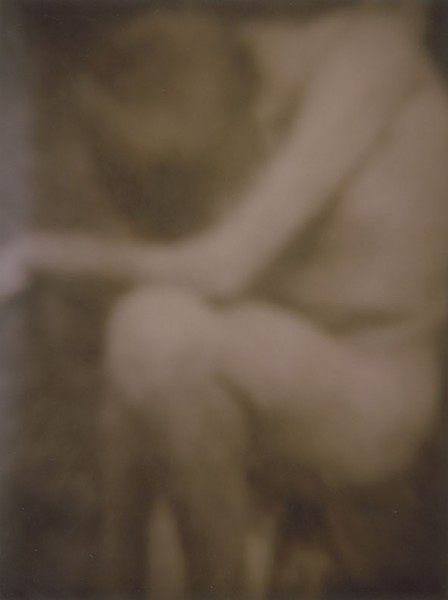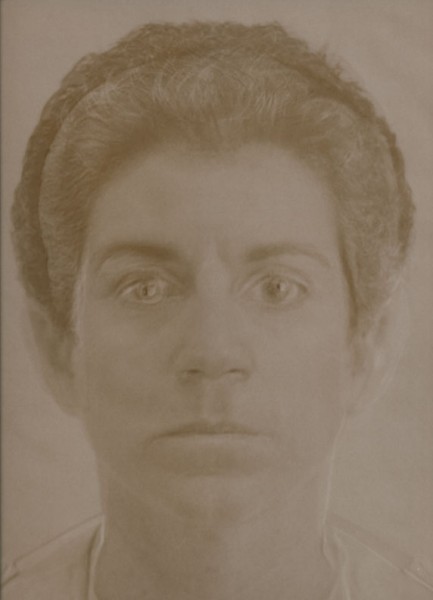



Ricardo Viera, Curator of The Lehigh University Art Gallery
April, 2010by Adriana Teresa

Ricardo Viera is professor of art and since 1974 Director/Curator of the Lehigh University Art Galleries/Museum Operation (LUAG), where he has established a visual lab program with the LUAG work/study collection and a nationally recognized collection of Latin American photography and video.
The mission of the Lehigh University Art Galleries-Museum Operation is to inspire, develop, and promote visual literacy and cultural understanding through cross-disciplinary educational opportunities that supplement formal classroom study as an educational laboratory to benefit students, faculty, and the community-at-large as part of the university learning experience.
Adriana Teresa: What is contemporary Latin American Photography today?
RV: The term “Latin American” no longer only refers to those living within the boundaries of Central America, South America and the Caribbean. Today the United States has an increasing Latino constituency, including distinguished artist/photographers. To be Latin American is to claim an ethnic identity based on cultural heritage, ancestry and geographic origin. However, the forces of globalization and the intrusion of other cultures in Latin American countries are changing the dynamics of the American continent. In conclusion, and using the title of an ephemeral video exhibition I curated a year ago: “Art Has No Homeland, but the Artist Does.”
AT: What do you look for in a photograph?
RV: Photography is not just about images. Photography is also ideas. It does not make any difference if it is wet or digital or video. Ideas include new technologies based on existing mediums as well as new narratives and theatrics. When I look at a work of art I don’t think about beauty. I’m thinking about visual language.
AT: What do you look for in an artist?
RV: We seek to collect the work of photographers who transcend the visual, who create their own personal theater and who represent a high degree of technical and conceptual excellence. The photographs speak about cultural and aesthetic ideas. Each artist brings to the medium differences in birth country, style, method and gender.
AT: What is the goal of your institution in regard to Latin American photography? What is your focus?
RV: To collect diverse photographs that are part of the history of contemporary art. Our collection is a teaching collection, a visual laboratory of sorts. Quality images elicit strong feelings, mixed responses and dialogue.
AT: What parameters would you like to transcend?
RV: Good photography is just that. It doesn’t make any difference what nationality it is. Again, photography has no homeland, but the artist does.
***
Maria Martínez Cañas, Curated by Ricardo Viera

Duplicity as Identity
This series consists of large-scale images that seek to explore the notions of duplicity, perception and illusion in photography. Juxtaposing what is “real” and “imagined,” the images reflect the desires, fears, and prohibitions that permeate everyday life and questions of identity. As a means of self-discovery and healing, this intends to offer viewers insight into the complexity of reality, perception, and the never-ending struggle to define our multiple selves.
MARIA MARTINEZ-CANAS was born in Havana, Cuba. She received a B.F.A. in Photography from the Philadelphia College of Art and an M.F.A. in Photography from The School of The Art Institute of Chicago. She is the recipient of a Cintas Fellowship; a National Endowment for the Arts award; and a Fulbright-Hays Grant, among others. Her works are included in the permanent collections of The Philadelphia Museum of Art, Philadelphia; The Museum of Modern Art and the Whitney Museum of American Art in New York; the San Francisco Museum of Modern Art in San Francisco; The Center for Creative Photography in Tucson, Arizona; the Museum of Contemporary Art in Chicago and the National Museum of American Art, Smithsonian Institution in Washington, DC; among others. Her work is represented by the Julie Saul Gallery, New York; Fredric Snitzer Gallery, Miami; Schneider Gallery, Chicago; and De Santos Gallery, Houston. She lives and works in Miami since 1986.
—
Originally published on the New York Photo Festival blog